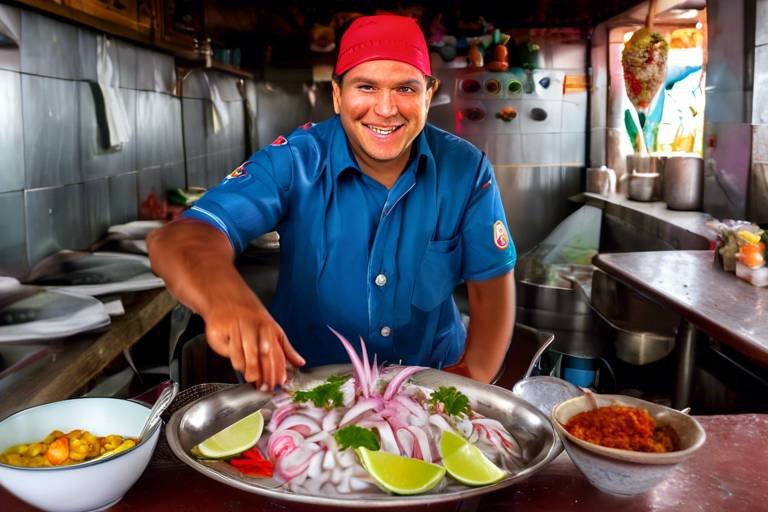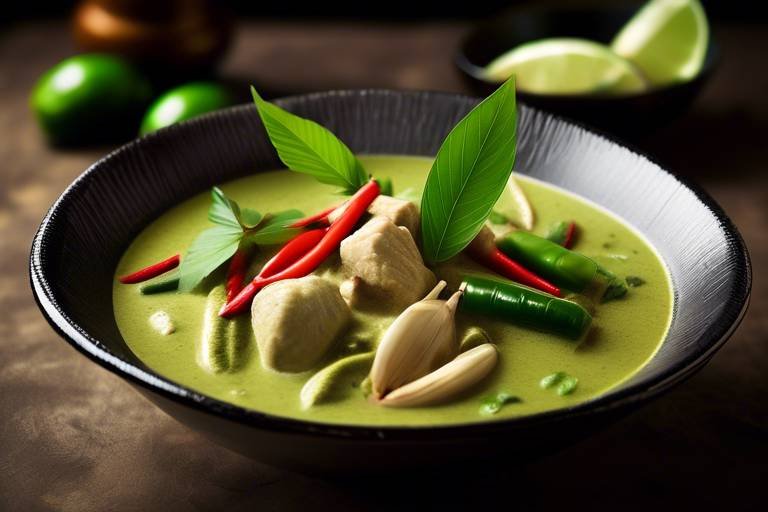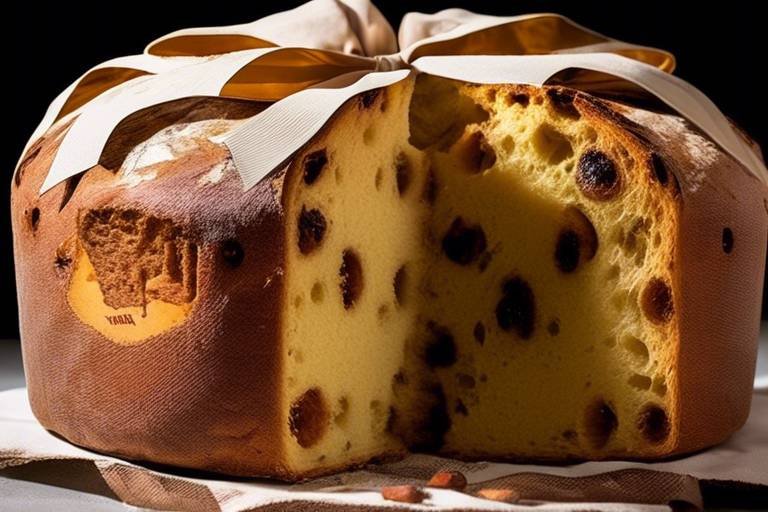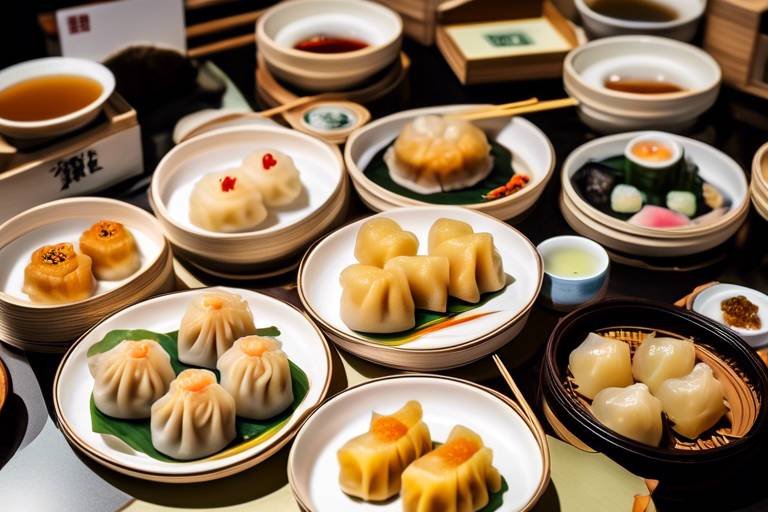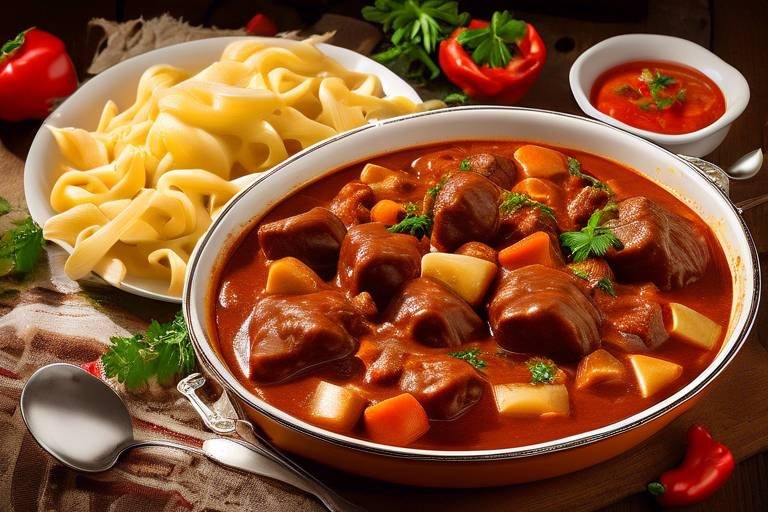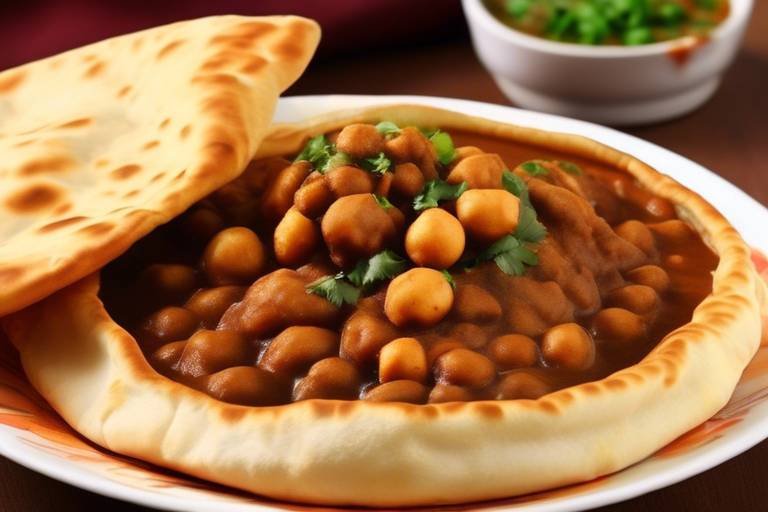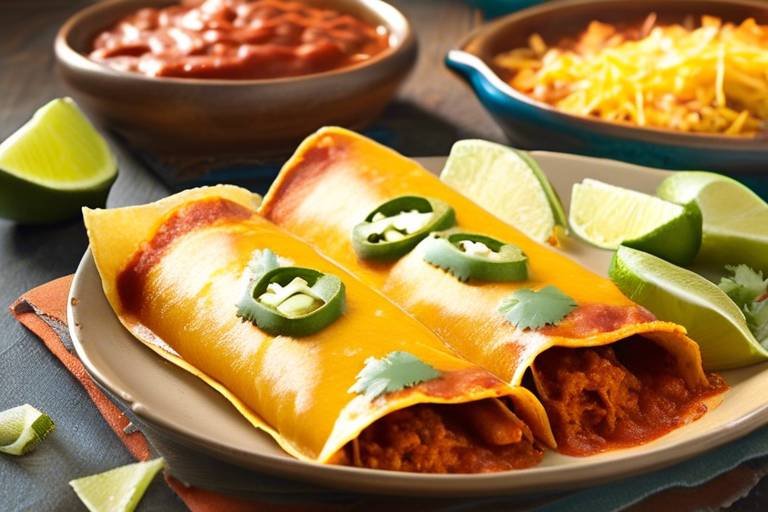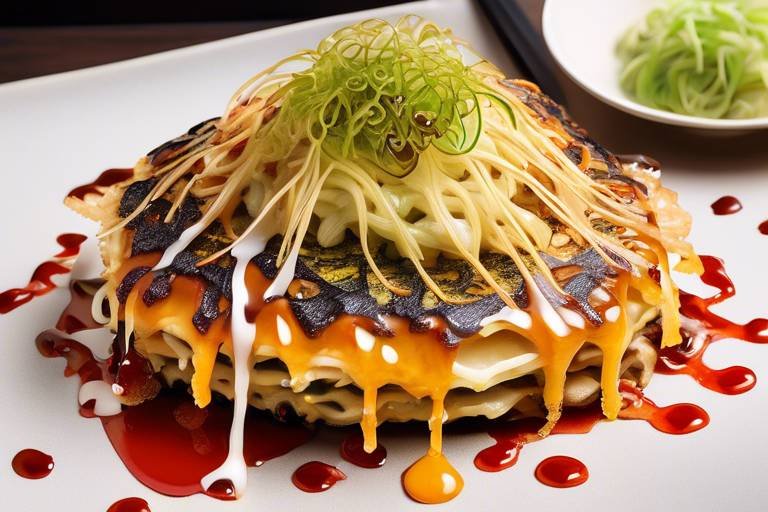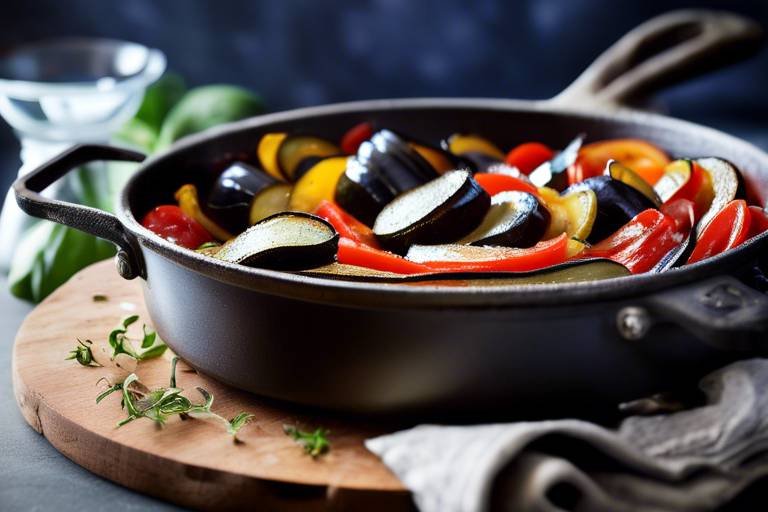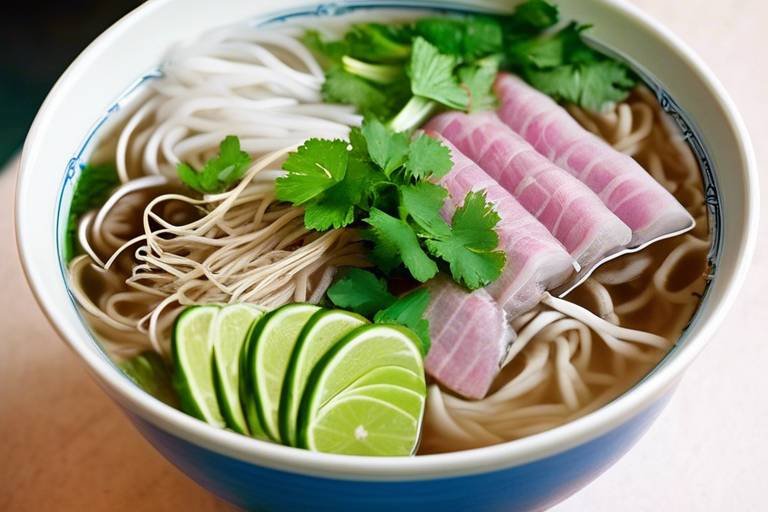A Taste of Traditional Croatian Peka
Exploring the rich culinary tradition of Croatia through the iconic dish Peka, a slow-cooked meal prepared under a bell-shaped lid. Peka is not just a dish; it's a culinary journey that embodies the essence of Croatian culture. Imagine the anticipation as the lid is lifted, revealing a steaming pot filled with tender meats, vibrant vegetables, and aromatic herbs.
As you delve into the history of Peka, you uncover centuries of tradition rooted in ancient cooking techniques. The method of slow-cooking under a dome-shaped lid dates back to a time when simplicity and patience were valued in preparing meals. This time-honored practice has stood the test of time, evolving into a beloved culinary treasure cherished by generations.
The heart of Peka lies in its ingredients, carefully selected to create a harmonious blend of flavors. Locally sourced meats, such as lamb or veal, mingle with fresh vegetables like potatoes, bell peppers, and tomatoes. Fragrant herbs like rosemary and bay leaves add depth, while a sprinkle of Mediterranean spices elevates the dish to a symphony of tastes.
Preparing Peka is an art form, requiring meticulous attention to detail. The process begins with marinating the ingredients to enhance their flavors, followed by layering them in a pot to ensure even cooking. As the pot is sealed with the bell-shaped lid, the magic unfolds slowly, allowing the ingredients to meld together and create a masterpiece of taste and texture.
Across Croatia, Peka takes on various regional interpretations, each showcasing the unique flavors of the land. Along the coast, seafood Peka reigns supreme, featuring fresh catch from the Adriatic Sea. Inland regions favor meat-centric versions, highlighting the rich culinary heritage of the countryside. No matter where you are, Peka offers a glimpse into the diverse gastronomic landscape of Croatia.
Serving Peka is a communal affair, bringing together loved ones to share in the joy of a hearty meal. Picture a table adorned with steaming pots of Peka, accompanied by crusty bread and local wines. The act of breaking bread and savoring each bite creates a bond that transcends mere sustenance, embodying the spirit of togetherness and celebration.
For those eager to experience the magic of Peka firsthand, Croatia hosts a myriad of food festivals and events dedicated to this culinary marvel. From small village gatherings to large-scale celebrations, visitors can immerse themselves in the sights, sounds, and flavors of Peka, connecting with the country's culinary heritage in a vibrant setting.
While tradition forms the cornerstone of Peka, modern chefs are reimagining this classic dish with innovative twists. Fusion creations blend traditional elements with global influences, offering a fresh perspective on a timeless recipe. The evolution of Peka mirrors the dynamic nature of Croatian cuisine, adapting to contemporary tastes while honoring its storied past.
Bringing the essence of Peka into your own kitchen is a rewarding experience, allowing you to recreate a taste of Croatia wherever you are. Selecting the right cooking vessel, sourcing quality ingredients, and embracing the slow-cooking process are key to capturing the essence of this beloved dish. With each bite, you embark on a culinary journey that transcends borders and connects you to the rich tapestry of Croatian flavors.
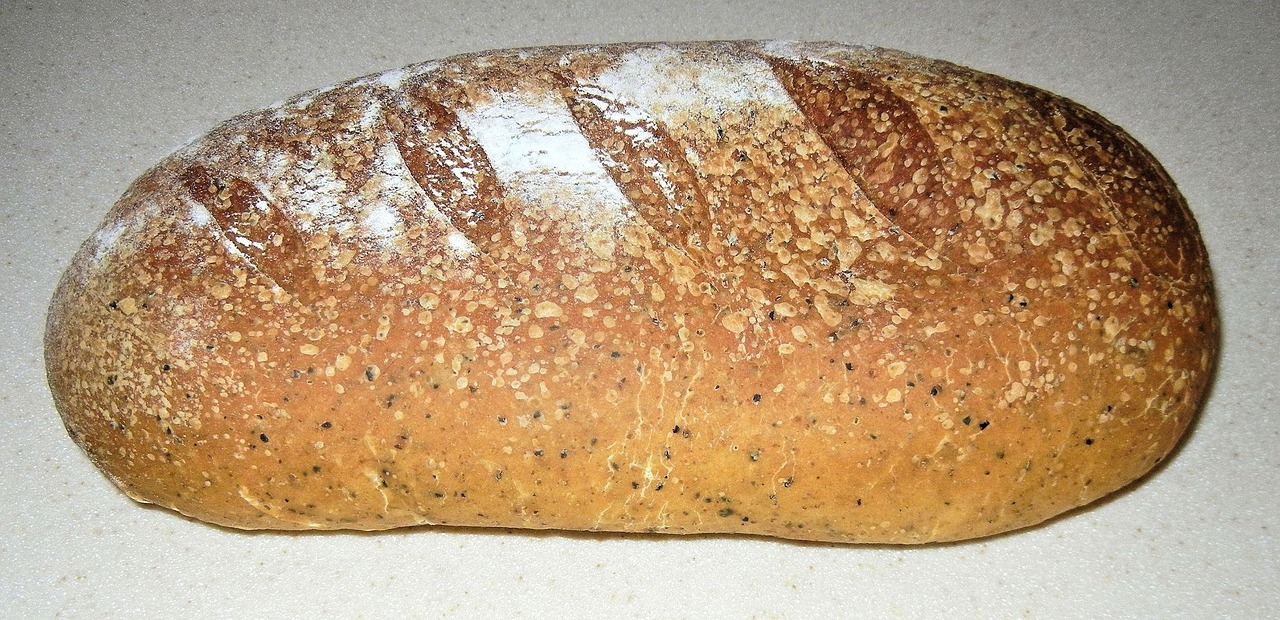
History of Peka
The history of Peka traces back to ancient cooking traditions in the Mediterranean region, where slow-cooking methods were used to create flavorful and tender dishes. The word "Peka" itself refers to the bell-shaped lid that covers the pot during cooking, allowing the ingredients to simmer and infuse with rich flavors.
Originally, Peka was a practical way of preparing meals in rural areas, utilizing simple ingredients like meat, vegetables, and herbs that were readily available. Over time, this cooking technique became ingrained in Croatian culture, evolving into a beloved culinary tradition that is passed down through generations.
Historically, Peka was cooked over an open fire or hot coals, allowing the ingredients to cook slowly and evenly. This method not only tenderized tough cuts of meat but also created a unique smoky flavor that became synonymous with the dish.
As Croatia's culinary landscape evolved, Peka remained a symbol of traditional cooking, cherished for its simplicity and depth of flavors. Today, it continues to hold a special place in the hearts of Croatians, embodying the country's rich gastronomic heritage.
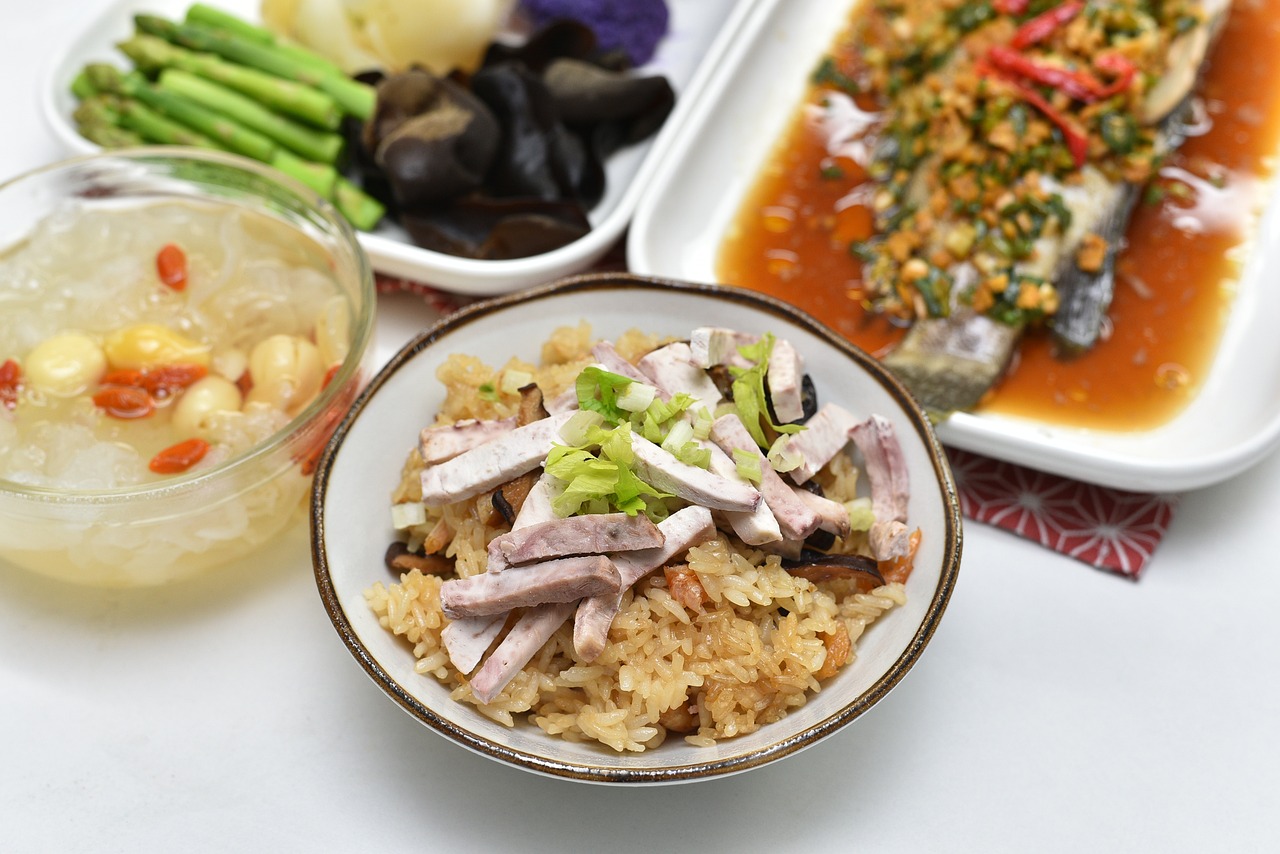
Ingredients Used
When it comes to the traditional Croatian dish Peka, the key to its rich and robust flavors lies in the carefully selected ingredients used in its preparation. A harmonious blend of meats, vegetables, herbs, and spices come together to create a culinary masterpiece that captures the essence of Croatian cuisine.
Meats play a central role in Peka, with options ranging from tender lamb and succulent chicken to flavorful beef and juicy pork. These proteins are often marinated with a combination of olive oil, garlic, and aromatic herbs, infusing them with depth of flavor before being slow-cooked to perfection.
Vegetables add a vibrant and nutritious element to Peka, with classics like bell peppers, tomatoes, onions, and potatoes making frequent appearances. These fresh and locally sourced ingredients contribute to the dish's wholesome appeal, enhancing both taste and texture.
Herbs and spices are the secret weapons that elevate Peka to new heights of deliciousness. Fragrant rosemary, earthy thyme, pungent bay leaves, and warming paprika are just a few of the seasonings that lend complexity and character to this iconic dish.
Furthermore, the use of quality olive oil, a staple in Mediterranean cooking, not only adds richness but also helps to marry the flavors of the ingredients together, creating a cohesive and mouthwatering final product.
When preparing Peka, attention to detail in selecting and combining these ingredients is paramount, ensuring a symphony of tastes that will delight the palate and transport you to the sun-kissed shores of Croatia with every bite.
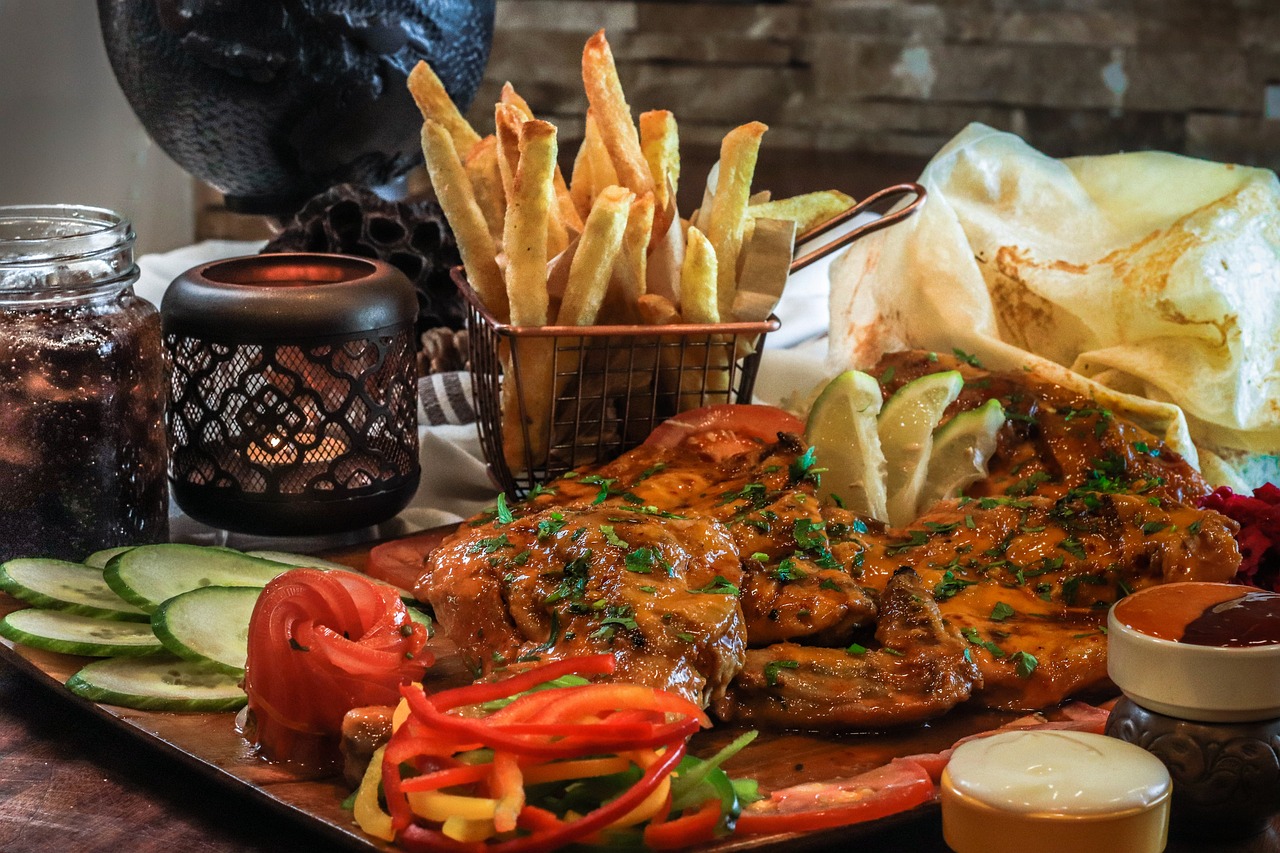
Preparation Process
When it comes to the preparation process of the iconic Croatian dish Peka, it's all about patience and precision. The journey begins with selecting the finest ingredients, typically a combination of tender meats, fresh vegetables, aromatic herbs, and fragrant spices. Each component plays a crucial role in building the layers of flavors that define this traditional meal.
Marination is a key step in the preparation process of Peka, as it allows the ingredients to absorb the rich blend of seasonings and spices. This enhances the taste profile and ensures that every bite is bursting with savory goodness. The marinated meats and vegetables are then carefully arranged in a deep pot, ready to be slow-cooked to perfection.
The magic of Peka lies in the slow-cooking method, where the pot is placed in a fireplace or oven, covered with a bell-shaped lid. This unique cooking technique allows the ingredients to simmer gently, releasing their natural juices and infusing the dish with a smoky essence. The lid traps the heat, creating a convection effect that cooks the Peka evenly and intensifies the flavors.
As the Peka simmers away, a tantalizing aroma fills the kitchen, teasing the taste buds and building anticipation for the flavorful feast to come. The slow-cooking process requires time and attention, but the result is well worth the wait. The tender meats become melt-in-your-mouth tender, while the vegetables retain their natural sweetness and texture.
Throughout the cooking process, it's essential to resist the temptation to peek under the lid too often, as this can disrupt the delicate balance of flavors and slow down the cooking time. Trust in the traditional method of Peka preparation, allowing the ingredients to work their magic undisturbed until they reach a state of culinary perfection.
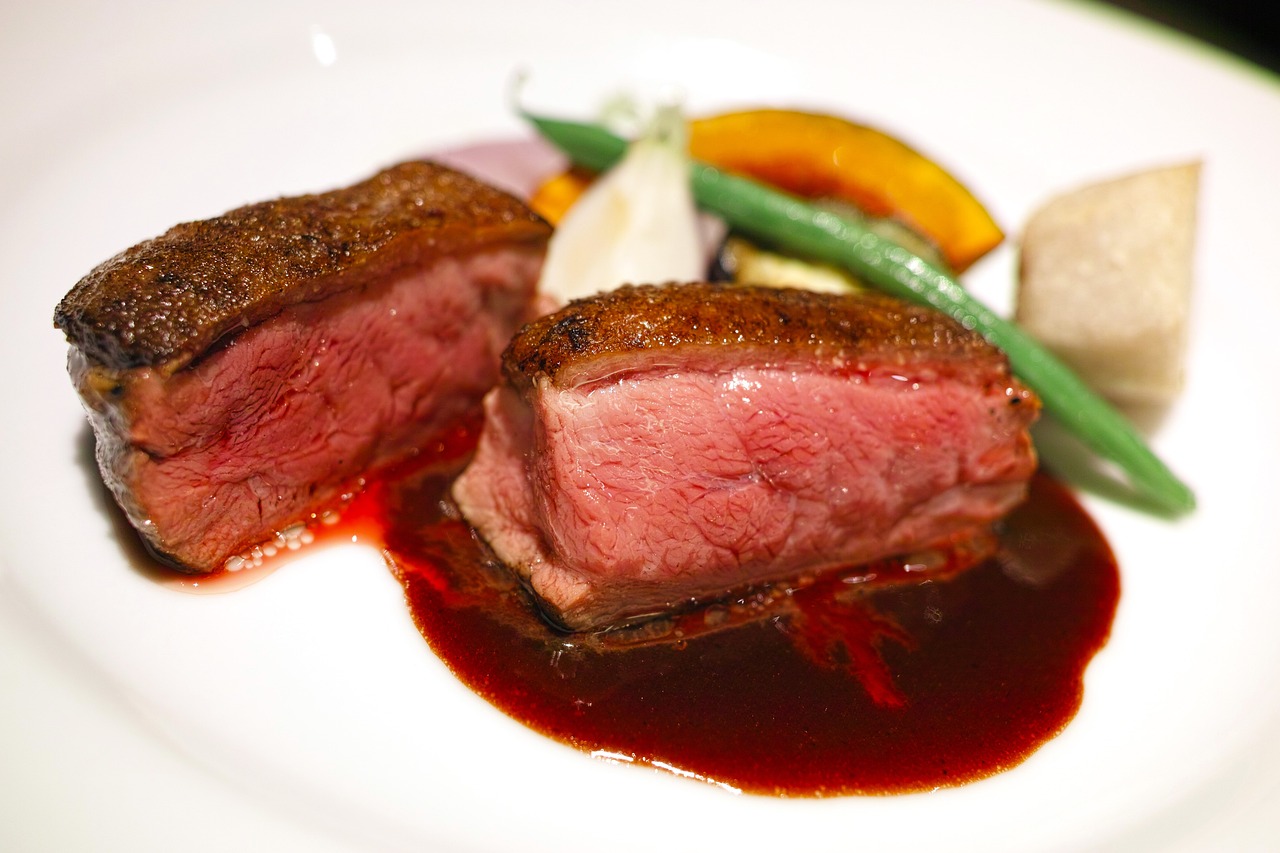
Variations of Peka
When it comes to Peka, the variations found across different regions of Croatia add a delightful twist to this traditional dish. Each variation reflects the unique local ingredients and cooking styles, showcasing the diverse culinary landscape of the country. Along the coastal areas, seafood Peka takes center stage, featuring an array of fresh fish and shellfish cooked to perfection under the bell-shaped lid. The inland regions, on the other hand, boast meat-based Peka dishes that highlight the rich flavors of lamb, veal, or chicken combined with an assortment of vegetables and aromatic herbs.
One popular variation of Peka is the Octopus Peka, a coastal delicacy that combines tender octopus with potatoes, garlic, and olive oil, creating a succulent and flavorful dish that captures the essence of Mediterranean cuisine. In contrast, the Veal Peka from the continental part of Croatia showcases the hearty flavors of slow-cooked veal, potatoes, and bell peppers, simmered to perfection under the Peka lid. These variations not only cater to different taste preferences but also celebrate the culinary heritage of each region, offering a unique gastronomic experience for locals and visitors alike.
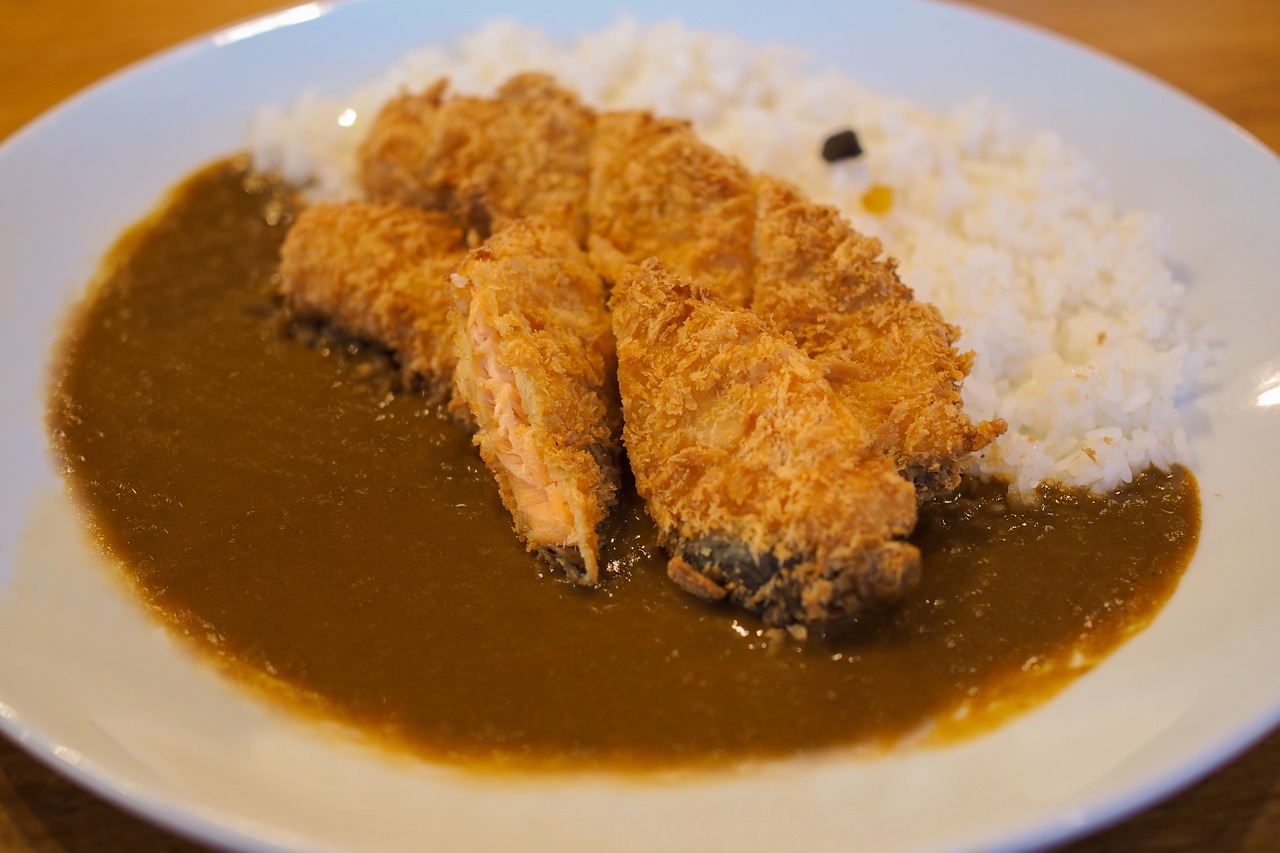
Serving and Enjoying Peka
When it comes to serving and enjoying Peka, it's not just about the meal itself but the entire experience that surrounds it. Picture a table filled with steaming pots of slow-cooked goodness, the aroma wafting through the air, inviting everyone to gather around and indulge in a feast for the senses. The tradition of sharing Peka is deeply ingrained in Croatian culture, where meals are more than just sustenance—they are a celebration of community and togetherness.
Typically, Peka is served family-style, with everyone seated around the table eagerly awaiting the unveiling of the bell-shaped lid. As the lid is lifted, revealing the succulent meats and tender vegetables cooked to perfection, there's a sense of anticipation and excitement in the air. The first bite is always a moment of pure delight, as the flavors burst in your mouth, a symphony of tastes that pay homage to the time-honored recipe.
Accompanying the Peka are often local wines, carefully selected to complement the robust flavors of the dish. Whether it's a bold red or a crisp white, the wine enhances the dining experience, elevating each bite to a new level of enjoyment. And let's not forget the crusty bread, perfect for soaking up the savory juices and savoring every last drop of goodness.
Sharing a Peka meal is not just about the food; it's about creating memories that will last a lifetime. The act of coming together, sharing stories and laughter, and enjoying a delicious meal binds people in a way that transcends language and culture. It's a reminder that the simple act of breaking bread can forge connections that endure beyond the dining table.
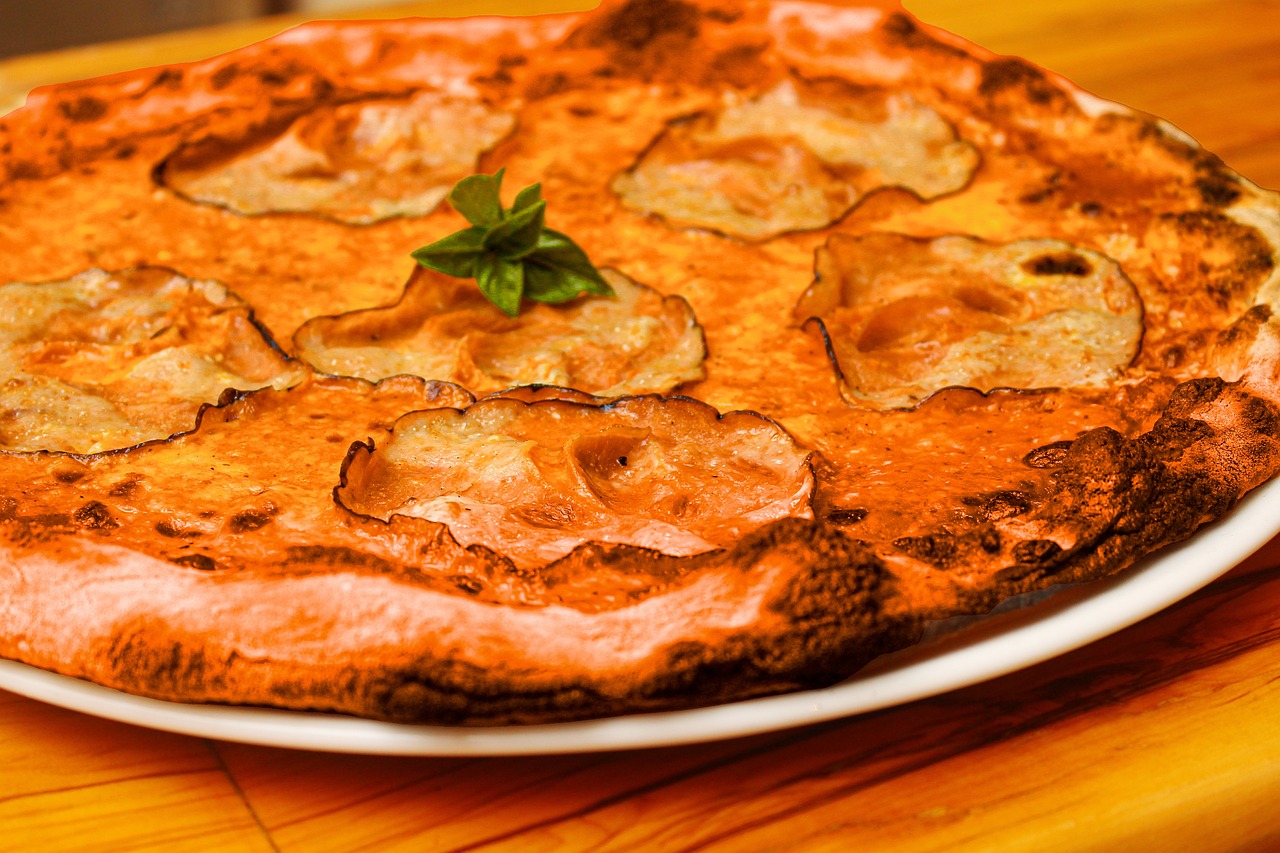
Peka Festivals and Events
When it comes to celebrating the culinary heritage of Croatia, Peka festivals and events play a significant role in showcasing the diverse flavors and traditions associated with this iconic dish. These lively gatherings bring together food enthusiasts, chefs, and locals to indulge in a variety of Peka dishes prepared using age-old techniques and fresh ingredients.
At Peka festivals, visitors can immerse themselves in the vibrant atmosphere filled with the enticing aroma of slow-cooked meats, vegetables, and herbs. From small local gatherings to large-scale events, these festivals offer a unique opportunity to taste different interpretations of Peka from various regions of Croatia.
One of the highlights of Peka festivals is the communal aspect of dining, where guests gather around long tables to share hearty meals and stories. It's not just about the food; it's about the sense of community and tradition that comes with enjoying Peka in the company of others.
During these events, attendees can also participate in cooking demonstrations, where experienced chefs showcase the art of preparing Peka and share their tips for achieving the perfect balance of flavors. It's a chance to learn about the history and techniques behind this beloved dish while engaging with the local culinary scene.
For those looking to experience the true essence of Croatian cuisine, attending a Peka festival is a must. Whether you're a seasoned foodie or a curious traveler, these events offer a taste of tradition that will leave you craving more.
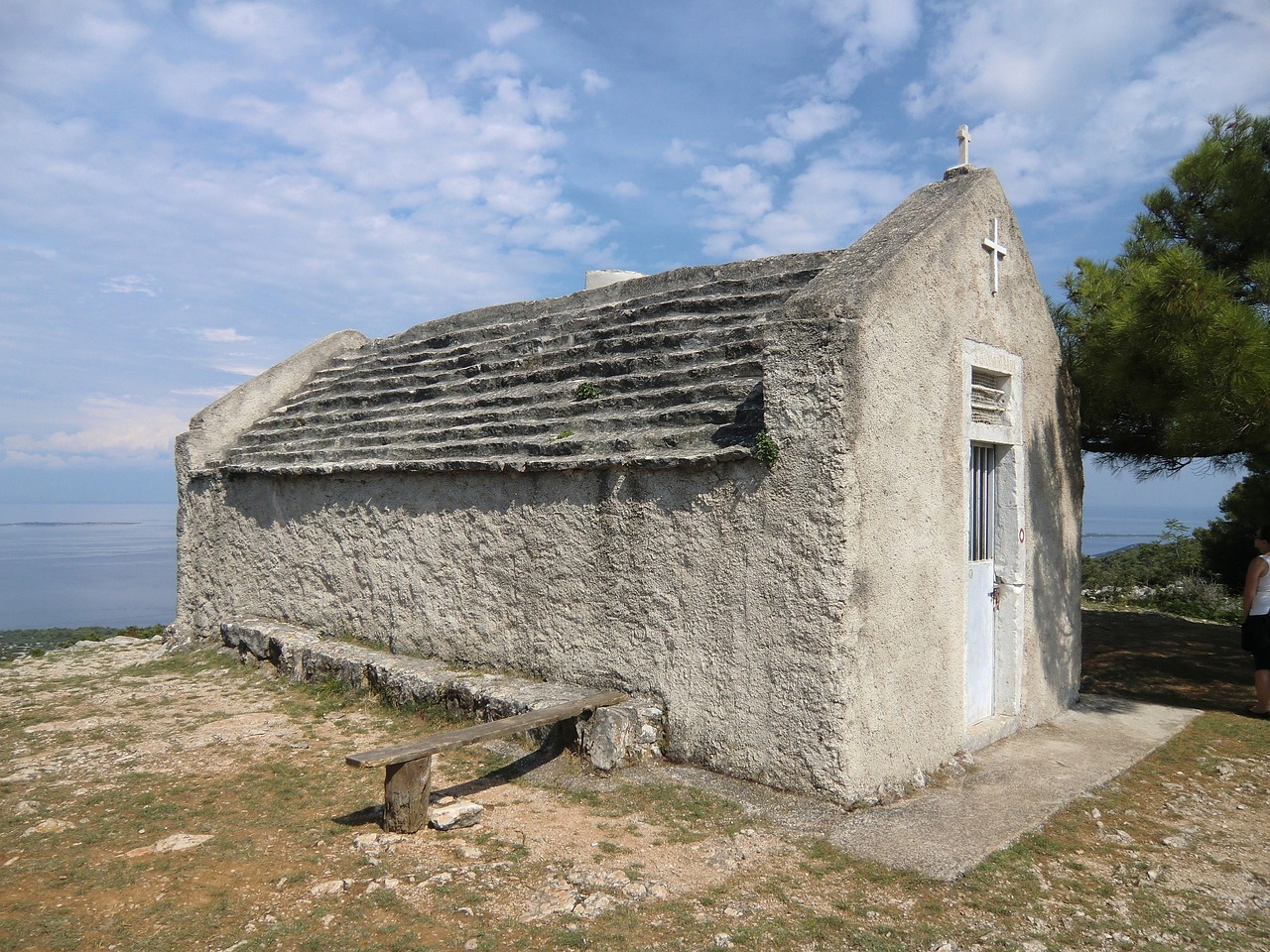
Modern Interpretations
Modern chefs are taking the traditional Croatian Peka to new heights with their innovative interpretations. By infusing global influences and modern techniques, they are reinventing this classic dish while still honoring its roots. Picture a fusion of flavors where traditional ingredients meet contemporary cooking methods, resulting in a culinary explosion of creativity.
One modern approach is to experiment with different types of meats and vegetables, introducing unconventional combinations that tantalize the taste buds. Imagine succulent seafood paired with earthy mushrooms or tender lamb infused with aromatic herbs, creating a symphony of flavors that surprises and delights.
Chefs are also exploring unique presentation styles, turning the humble Peka into a work of art on the plate. With attention to detail and creativity, they transform the rustic dish into a visually stunning masterpiece that not only pleases the palate but also the eyes.
Moreover, the use of innovative cooking techniques such as sous vide or smoking adds a contemporary twist to the slow-cooking process of Peka. By incorporating these methods, chefs are able to elevate the dish to a whole new level, infusing it with depth of flavor and complexity.
Additionally, the concept of fusion cuisine has led to the creation of intriguing Peka variations that blend Croatian traditions with culinary influences from around the world. Imagine a Peka dish infused with Asian spices or Middle Eastern flavors, offering a unique and exciting gastronomic experience that pushes the boundaries of traditional cooking.
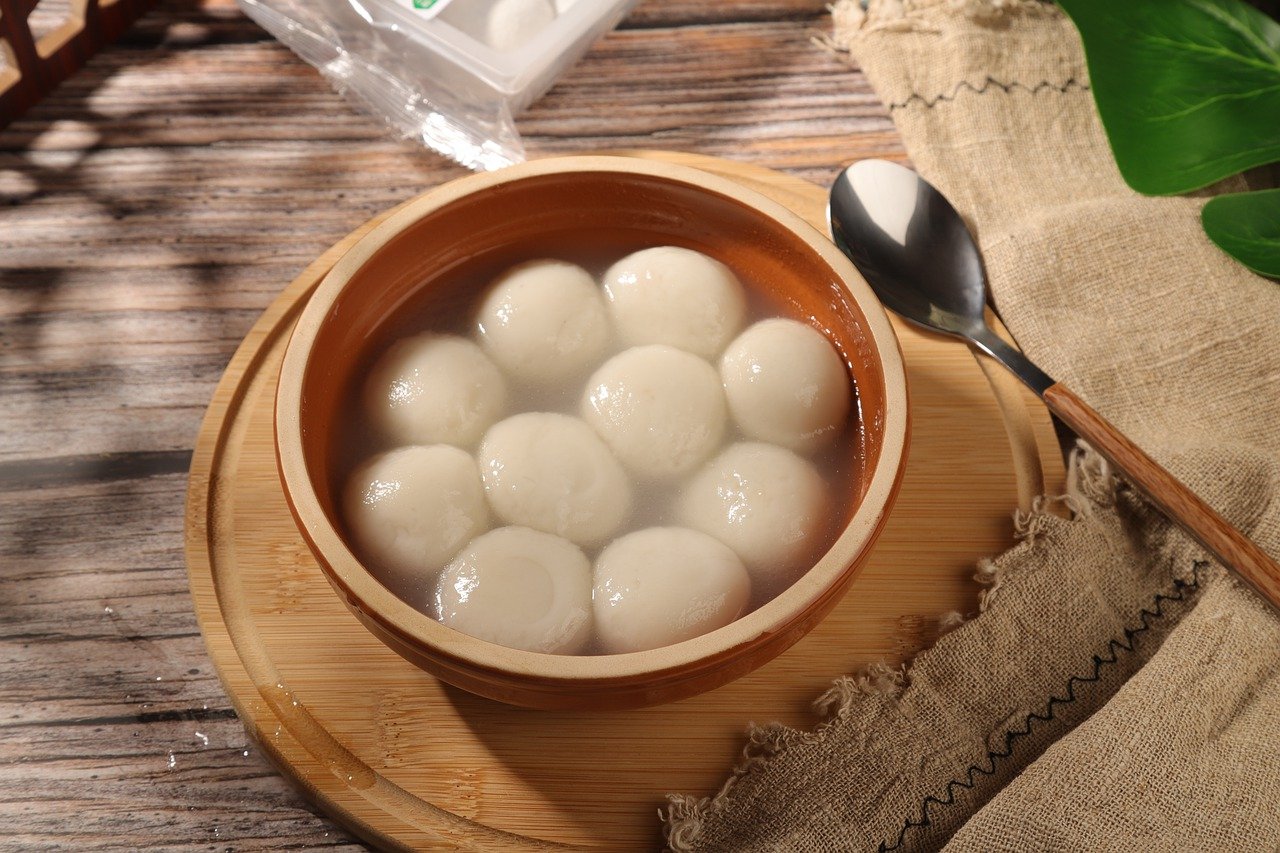
Bringing Peka Home
Bringing the authentic flavors of Croatian Peka into your own kitchen is a rewarding experience that allows you to immerse yourself in the country's rich culinary heritage. To recreate the traditional Peka dish, start by selecting the right cooking vessel—a large, heavy pot or a baking dish with a tight-fitting lid is essential to trap the flavors and aromas during the slow-cooking process.
When it comes to ingredients, opt for high-quality meats such as lamb, veal, or chicken, combined with an array of fresh vegetables like bell peppers, potatoes, and tomatoes. The key to a flavorful Peka lies in the quality of the produce, so consider sourcing locally grown ingredients for an authentic taste.
To infuse your Peka with the traditional Croatian essence, season the dish generously with aromatic herbs like rosemary, thyme, and bay leaves. Don't forget to drizzle some olive oil over the ingredients before covering them with the bell-shaped lid to seal in the flavors.
Embrace the slow-cooking method by allowing the Peka to simmer gently in the oven or over an open fire, letting the ingredients meld together and develop a depth of flavor. The anticipation of the dish slowly cooking to perfection is part of the charm of preparing Peka at home.
Once your Peka is ready, serve it hot from the pot, allowing the tantalizing aromas to fill your kitchen and whet your appetite. Pair the dish with a crusty loaf of freshly baked bread and a glass of Croatian wine to complete the authentic dining experience.
Frequently Asked Questions
- What is Peka?
Peka is a traditional Croatian dish that involves slow-cooking meat and vegetables under a bell-shaped lid. This cooking method allows the ingredients to simmer in their own juices, resulting in tender and flavorful dishes.
- What are the key ingredients used in Peka?
The key ingredients used in Peka typically include a combination of meats such as lamb, veal, or chicken, along with an assortment of vegetables like potatoes, bell peppers, and onions. Herbs and spices such as rosemary, bay leaves, and garlic are also commonly used to enhance the flavors.
- How is Peka traditionally prepared?
Traditionally, Peka is prepared by marinating the meat and vegetables with herbs and spices, then layering them in a pot or tray. The dish is then covered with a bell-shaped lid and slow-cooked over hot coals or in an oven, allowing the flavors to meld together slowly.
- Are there different variations of Peka?
Yes, there are various regional variations of Peka found across Croatia. Coastal regions often feature seafood Peka, while inland areas may focus on meat-based versions. Each variation reflects the local ingredients and cooking styles of the specific region.
- How can I recreate the Peka experience at home?
To recreate the authentic Peka experience at home, you can start by choosing a suitable cooking vessel such as a Dutch oven or a deep baking dish. Select high-quality ingredients, follow the traditional marinating and layering process, and slow-cook the dish to perfection.


